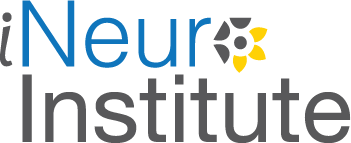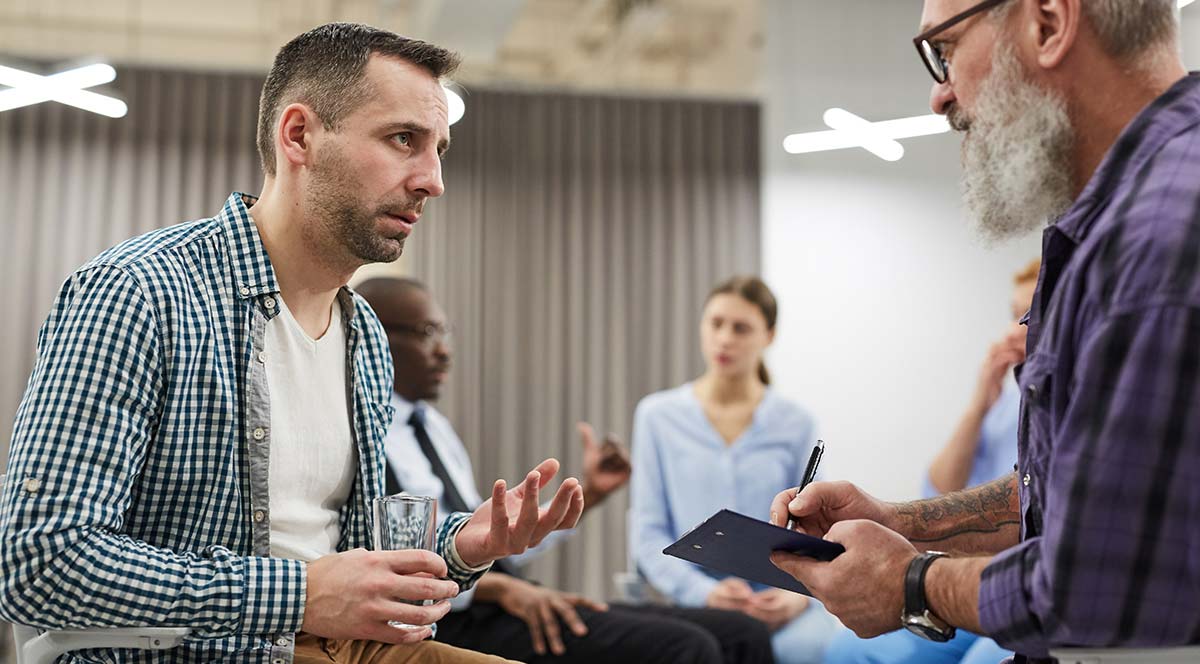Good news for those who have a genetic link to Alzheimer’s disease – and even those who don’t: add better sleep (and improved brain health!) to the long list of benefits of exercise.
A recent study indicates that aerobic exercise may improve sleep patterns, especially among those with the genetic variant APOE e4, a genetic risk factor for Alzheimer’s disease. Interestingly, sleep problems may be exacerbated by the presence of this genetic variant.
Researchers in Canada designed a pilot study to measure the effects of a 6-month aerobic exercise intervention on sleep quality in 199 mid-age and older people. Sleep quality and sleep efficiency (a measure of how much time you spend asleep vs. awake while in bed) were measured, both of which improved during intervention regardless of genetic risk. Additionally, sleep onset latency (the time it takes you to go from complete wakefulness to full sleep) and total sleep time improved among APOE e4 carriers.
Even more, consider the risks associated with sleep deprivation for dementias, including Alzheimer’s disease (the most common cause of dementia). We recommend getting 7-9 hours of good quality sleep each night. During this time, our brain is washed of proteins and other waste that accumulate during wakefulness. If you are unable to sleep that long, or if the sleep is not restorative and you find yourself sleepy during the day, consider talking to a brain health specialist or a sleep specialist for further evaluation and management.
Need more convincing to adopt a regular exercise habit? Studies show that when older adults exercise aerobically on a regular basis, they can grow the size of their brains, especially those parts involved in memory and improve cognitive performance. For brain health we recommend increasing your heart rate above 100 for at least 30 minutes, four times a week, as approved by your physician.
Guadagni V, Clark CM, Tyndall A. et al. J Alzheimers Dis Rep. 2018 Dec 24;2(1):229-238.



